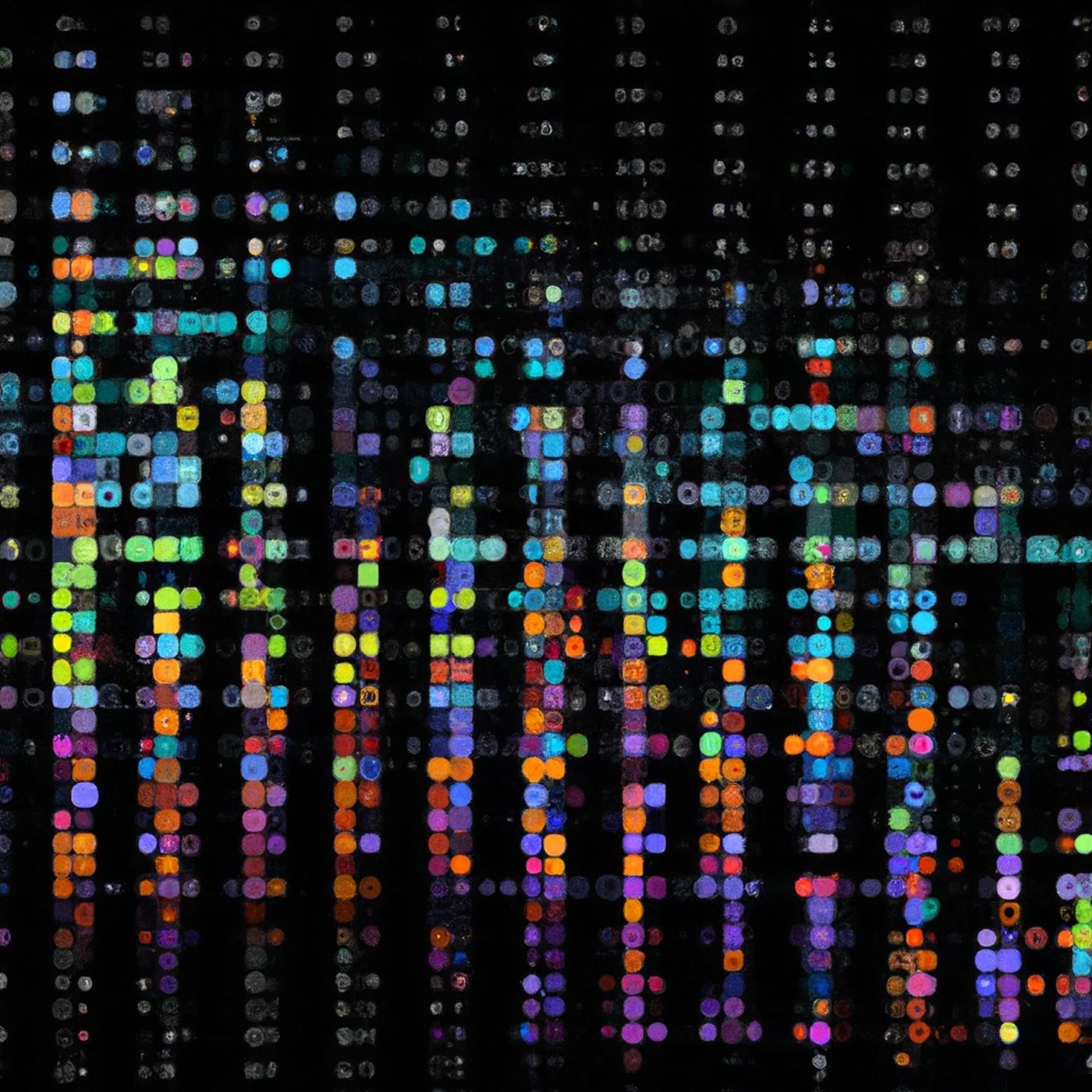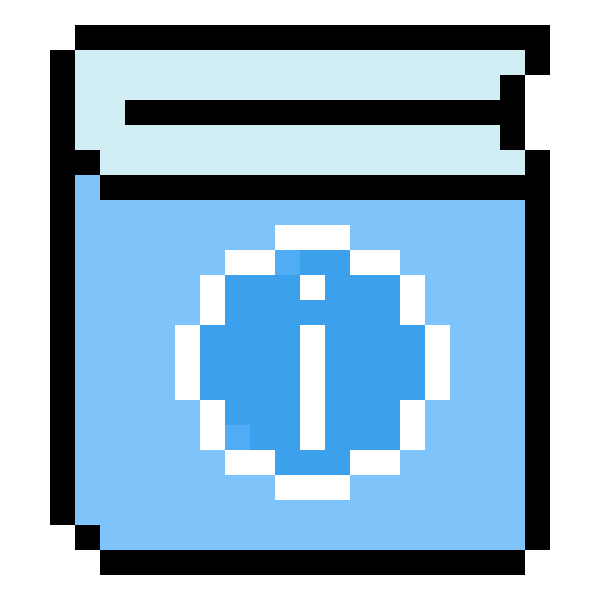
Speech and language processing. At the end of the beginning.
Story's Credibility





About Author
Speech and language processing. At the end of the beginning.

Speech and language processing. At the end of the beginning.



Speech and language processing. At the end of the beginning.